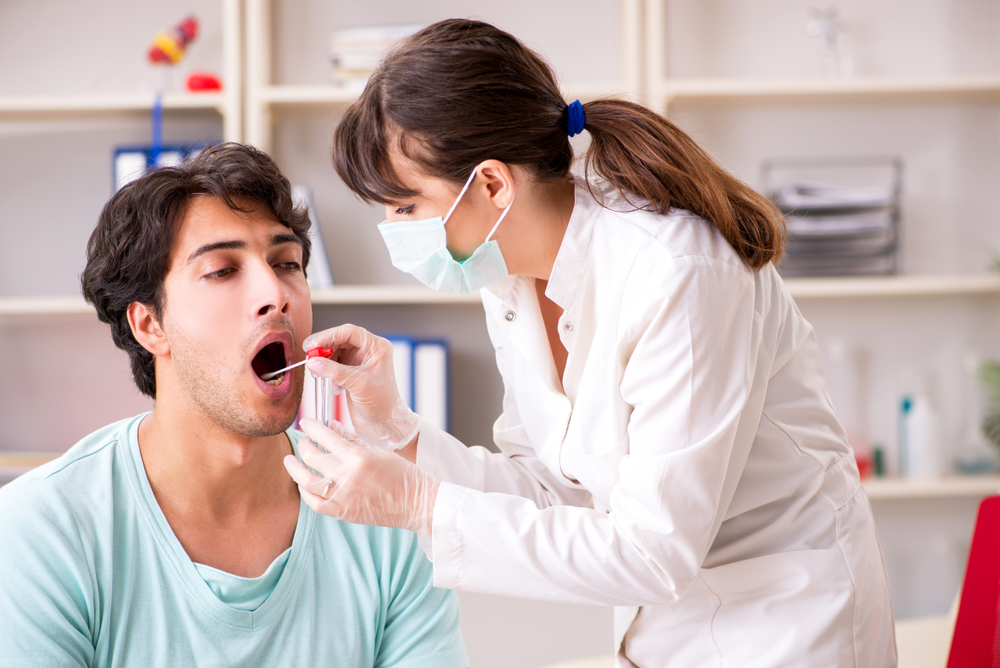Medical diagnostics are advancing rapidly, with new technologies making disease detection faster, easier, and less invasive. One of the most promising innovations is saliva diagnostics, which leverages microfluidic technology to detect diseases early. This method offers a non-invasive testing solution that can identify health conditions ranging from oral infections to systemic diseases like diabetes and cancer. But how does this technology work, and why is it a game-changer for early disease detection? Let’s dive into the science behind saliva diagnostics and explore its impact on modern healthcare.
Understanding Saliva as a Diagnostic Tool
Saliva might seem like a simple bodily fluid, but it carries vital information about our health. It contains a variety of biomarkers, including:
- Proteins and enzymes – Indicating inflammatory conditions and infections.
- Hormones – Reflecting stress levels, reproductive health, and metabolic balance.
- DNA and RNA – Providing genetic insights and identifying specific diseases.
- Microbial content – Detecting harmful bacteria, viruses, and fungal infections.
Since saliva can reflect what’s happening inside the body, scientists are now using it as a powerful tool for early disease detection.
What is Microfluidic Technology?
Microfluidic technology involves manipulating tiny amounts of liquid through small channels, often at a microscopic scale. This technology enables highly precise, rapid analysis of biological samples, making it ideal for saliva diagnostics.
Microfluidic devices typically consist of:
- Miniature channels and chambers – Directing saliva flow for analysis.
- Sensors and chemical reagents – Detecting specific biomarkers.
- Automated processing systems – Delivering instant results.
By integrating these components, microfluidic devices allow non-invasive testing for various diseases in real time.
How Microfluidics is Enhancing Saliva Diagnostics
1. Faster and More Accurate Disease Detection
Traditional diagnostic methods, like blood tests and biopsies, often take hours or even days to provide results. Saliva diagnostics using microfluidic technology delivers near-instant analysis, reducing waiting times for critical diagnoses.
2. Non-Invasive and Painless Testing
Many people fear needles and invasive medical procedures. Saliva-based tests eliminate this discomfort by providing a simple, painless alternative that requires only a small saliva sample.
3. Early Disease Detection for Better Treatment Outcomes
The sooner a disease is detected, the more effective the treatment. Saliva diagnostics can identify health issues in their earliest stages, improving recovery chances and reducing treatment costs.
4. Portable and At-Home Testing Possibilities
Microfluidic devices are small and easy to use, making them suitable for at-home health monitoring. Patients can test themselves for conditions like diabetes, infections, or even hormonal imbalances without visiting a clinic.
5. Reducing Healthcare Costs
By enabling quick and easy non-invasive testing, saliva-based diagnostics reduce the need for expensive laboratory work, making healthcare more accessible and affordable.
Diseases Detectable Through Saliva Diagnostics
1. Oral and Gum Diseases
Saliva tests can detect bacteria linked to gum disease, cavities, and oral infections, helping dentists treat conditions before they worsen.
2. Diabetes
High glucose levels in saliva can indicate diabetes, allowing for early intervention and better management of blood sugar levels.
3. Cancer
Microfluidic saliva tests can identify genetic markers associated with oral, breast, and pancreatic cancers, making early detection easier than ever.
4. Cardiovascular Diseases
Specific proteins in saliva signal risks for heart disease, helping patients take preventive action before a serious event like a heart attack occurs.
5. Viral and Bacterial Infections
Saliva-based tests can quickly diagnose infections like COVID-19, HIV, and influenza, reducing the spread of contagious diseases.
Scientific Research Supporting Saliva Diagnostics
Several studies highlight the effectiveness of microfluidic saliva diagnostics:
- A study on COVID-19 detection found that saliva-based testing was just as accurate as nasal swabs but far more comfortable for patients.
- Cancer research shows that saliva tests can detect tumour markers with high accuracy, enabling non-invasive screening.
- Diabetes studies indicate that saliva glucose tests could replace traditional finger-prick blood tests in the future.
As research progresses, saliva-based early disease detection is becoming a mainstream healthcare tool.
The Future of Microfluidic Saliva Testing
With ongoing advancements, we can expect even greater improvements in saliva diagnostics, such as:
- Smartphone-compatible testing devices – Allowing patients to test for diseases using their phones.
- Wearable saliva sensors – Monitoring real-time health conditions without invasive procedures.
- AI-powered analysis – Enhancing diagnostic accuracy through machine learning.
These innovations will make non-invasive testing even more efficient and widely available.
Final Thoughts: A Revolution in Healthcare
Saliva diagnostics powered by microfluidic technology is transforming how we detect diseases. Offering early disease detection, non-invasive testing, and faster results, this technology is paving the way for a future where diagnosing health conditions is as simple as providing a saliva sample.
With continued research and innovation, saliva diagnostics could soon become the standard for medical testing, reducing the need for painful procedures and making healthcare more accessible for all.
If you’re interested in the latest advancements in early disease detection, stay informed about the rapid progress in microfluidic technology. The future of healthcare is already here—one drop of saliva at a time!

Leave a Reply